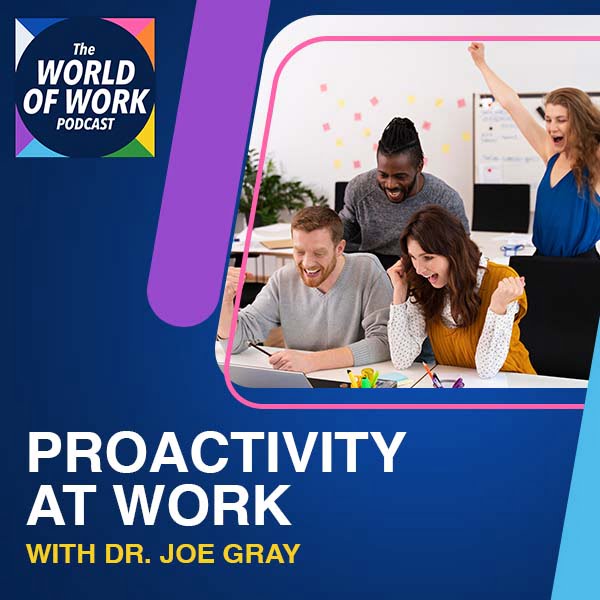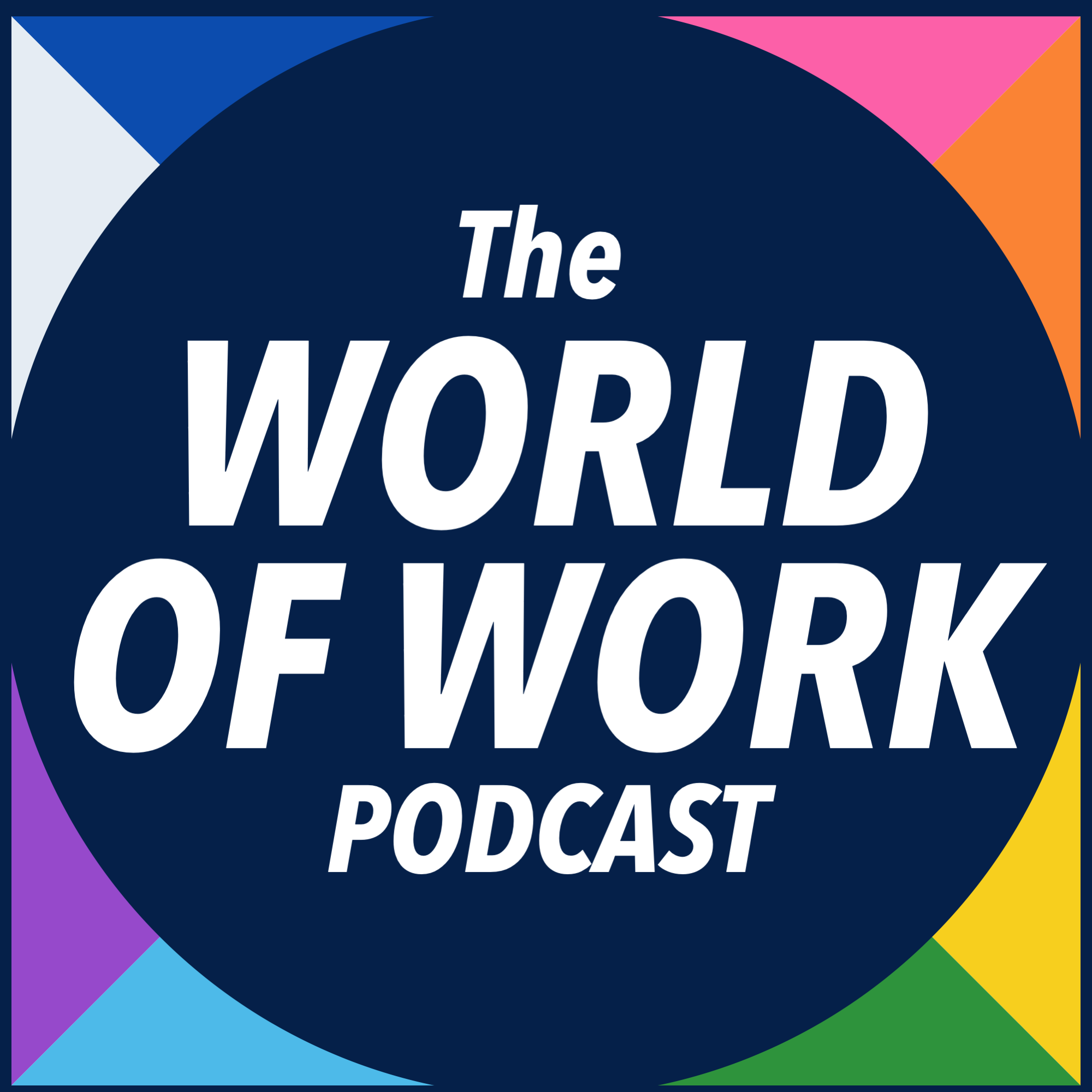Zig Ziglar, an American motivational speaker, pulled together a list of seven steps associated with goal setting (or goal achievement). They are: Identification, Benefits, Obstacles, Skills, People, Plan and Timelines.
Summary by The World of Work Project
Zig Ziglar’s Seven Steps of Goal Setting
Some people want to understand the theory behind topics such as goal setting. Other simply get a few hints and tips that they can use in their everyday lives. To help the latter, we’ve created this post which details Zig Ziglar’s seven steps of goal setting.
We consider each step in more detail below. Interestingly, this process is fairly similar to the way that some coaches help individuals achieve their goals.
Identify the Goal
The first step of goal setting is to actually identify and detail the goal that you wish to achieve. You should look to capture your goal succinctly and clearly. You should also ensure that the goal is actually something that you wish to work towards. It may be worth talking through the goal with others as part of your definition process to ensure they are right for you. And you should probably try and ensure your goals are SMART.
List the Benefits
Once you’ve identified your goal you should ensure you reflect on the benefits of achieving it. This will help you gain further clarity about the goal, and help increase your motivation to achieve it. It will also help you identify further things you can do to help ensure that you achieve it.
List the Obstacles to Overcome
It’s also important to reflect on the obstacles that you’ll need to overcome. These are the things that may block you from achieving your goal.
It’s important to understand each of the challenges that you may face on your way to achieving your goal. If you do this, you can then plan how you will overcome these challenges.
List the Skills and Knowledge Required
As well as understanding the benefits and obstacles associated with your goal, it’s important to think about the skills and knowledge you’ll need to achieve your goal. Understanding these requirements will help you create a plan to gain the skills and knowledge you need for success.
List the People or Groups to Work with
It’s not just skills and knowledge that will help you reach your goal. You’ll almost certainly benefit from the support of other people as well.
It’s important to spend time thinking about who the people are that could help you. Of course, you should also consider why they might want to and how you can engage with them.
Create an Action Plan
Having thought about what’s required to achieve your goal, you can start to build a plan to achieve it.
In your plan you may include steps to overcome the obstacles you identified. It may also include steps to help you focus on the benefits you identified and steps to acquire the skills and knowledge you need. Of course, you’ll also include the practical steps you need to complete to achieve your goal as well.
Set the Deadline for Achievement
An open ended goal is much less likely to be achieved than a time-bound goal. It’s important to ensure that you have a deadline for your overall goal, but it’s also important to have timelines for the steps of your action plan as well. You may wish to use project management techniques to ensure that you have a clear and realistic plan to achieve your goal.
Learning More
To learn more about some theory behind goal setting you might enjoy some of our other articles. These include posts on Locke and Latham’s goal setting theory, SMART goals and common goal-setting mistakes.
Ultimately, goals are about helping individuals or organizations achieve an objective. Motivation is often key in helping individuals achieve their goals. Behavior Change and Habits also come into play in helping individuals achieve goals.
You might also enjoy our podcast on Goal Setting:
The World of Work Project View
There’s nothing wrong with a self-help approach to reaching a goal, which is basically what this post is about.
Zig Ziglar’s Seven Steps of Goal Setting are sensible and helpful. In fact, many “solution-focused” coaches basically help their clients go through roughly this process. As with many things like this, they’re simple on paper, but not always that easy to do on our own in real life.
How We Help Organizations
We provide leadership development programmes and consulting services to clients around the world to help them become high performing organizations that are great places to work. We receive great feedback, build meaningful and lasting relationships and provide reduced cost services where price is a barrier.
Learning more about who we are and what we do it easy: To hear from us, please join our mailing list. To ask about how we can help you or your organization, please contact us. To explore topics we care about, listen to our podcast. To attend a free seminar, please check out our eventbrite page.
We’re also considering creating a community for people interested in improving the world of work. If you’d like to be part of it, please contact us.
Sources and Feedback
This post is based on work originally produced by Hilary Hinton (Zig) Ziglar, who produced a huge amount of content on the topic. You can learn more through a wide range of his materials, including the audio book: “Goals: Setting and Achieving Them on Schedule”.
We’re a small organization who know we make mistakes and want to improve them. Please contact us with any feedback you have on this post. We’ll usually reply within 72 hours.





